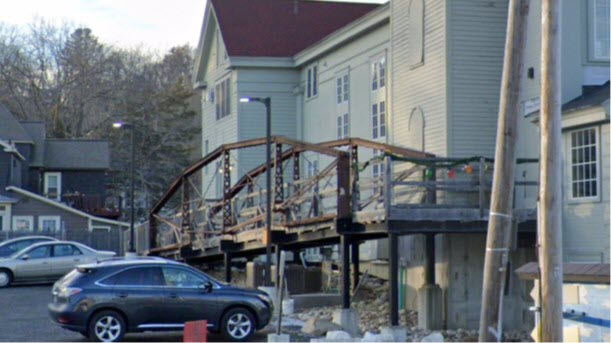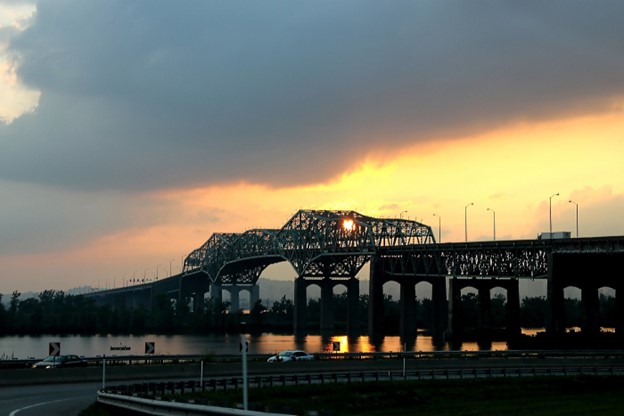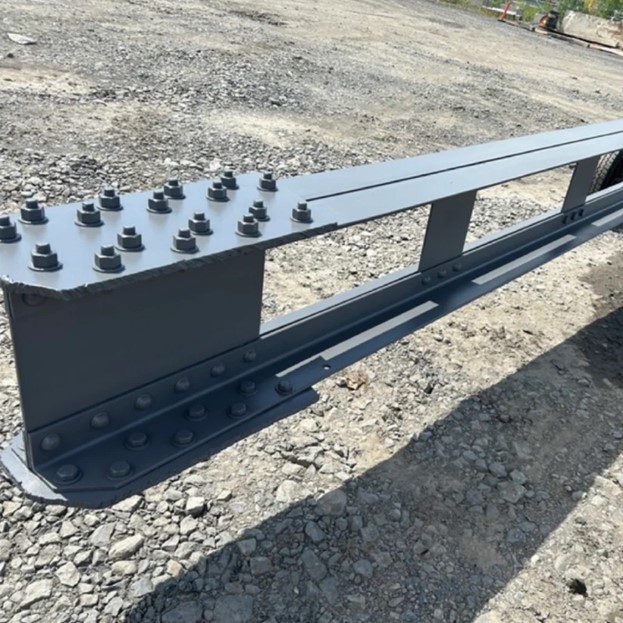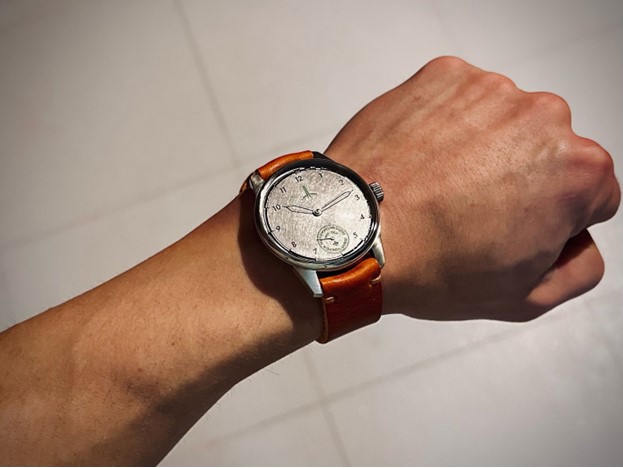Some iconic bridges are reconstructed so often that they achieve immortality. These structures may be continuously maintained and rebuilt, so much so that after a while only a small portion of the original bridge remains.
But most bridges are not so fortunate. They quietly serve their lives and then meet an ignominious end when they are demolished and replaced. A few old bridge structures avoid this fate when they are creatively reused, such as historic truss bridges that are relocated and reborn as pedestrian bridges. In Massachusetts, an old lenticular truss bridge was disassembled and moved to a site where an old historic building was being rehabilitated. The truss now serves as a pedestrian access ramp on the side of the building.

Many old and prominent bridges become visual icons for their regions. This was the case for the old Lake Champlain Bridge between New York and Vermont, constructed in 1929. The bridge was the only fixed lake crossing for hundreds of miles, and it was an important part of the landscape. When a replacement bridge opened in 2011, the designers chose a shape that mimicked the old truss arch bridge but using a modern form.
Another Champlain bridge has been subject to a different and unique approach to honor its memory. This bridge was the original Champlain Bridge crossing the Saint Lawrence River in Montreal. The old bridge carried Autoroute 10 over the river at a wide point at the southern edge of the city. A long-span cantilever truss structure spanned the connecting Saint Lawrence Seaway near the east bank of the river.

The old bridge was demolished and replaced by a causeway and cable-stayed bridge in 2019. Parts of the old truss were reused to fabricate hand-crafted watches.
A bridge architect, Maxim Nasab, was involved with this project. Maxim is originally from Montreal but now practices in Tallahassee, Florida. I had the chance to speak with Maxim about how this came about.
Maxim commented:
“I was following the future of the Champlain Bridge very closely and kept wondering what final decision they would make on it, whether to preserve or demolish it. I always hoped they found a way to preserve it, as I had previously designed a fun idea to turn it into a walkable "neighborhood," which was published in Montréal.
“Once I found out it was going to be demolished, I immediately thought about how I wished to have a piece of it to keep as a memento. One day, as I was watch shopping for fun, I stumbled upon Novo Watches, a Canadian watchmaker that designed watches using metals from historical objects, such as tanks, railroads, flasks, etc. I thought that was so cool and unique and thought he could do something with the Champlain Bridge. So I contacted him to see if this was even of interest to him. Of course, he was excited as much as I was. The only thing next was how do we get a piece?”
At about this time, a design contest was announced by the Champlain bridge owner inviting organizations and individuals to submit proposals to reuse parts of the old demolished bridge. The contest guidelines included a component catalog listing demolished parts that were available to prospective designers. The catalog listed much of the old steel cantilever truss. Maxim worked with Novo Watches to submit an entry, and it was one of 11 proposals accepted.
 Steve Christensen of Novo Watches
Steve Christensen of Novo Watches
With this accepted proposal, now the watchmaker and the bridge architect could secure a piece of the demolished bridge. It was time to design a watch.
Maxim comments:
“After winning the competition, Steve at Novo Watches and I began to collaborate on the watch. He gave me the case size and the movement we were going to utilize inside the watch, which made a big difference in knowing where the second hand would be. From there I developed many dial-face ideas and shared them with him, and we went back and forth a few times until we landed on a final design. As a bridge architect, I wanted the dial to have meaning and symbolism for bridge engineers and architects. The logo is an abstraction of the old and new bridge combined. The second’s dial is a representation of the seal we architects and engineers use, it also has the dates of the Old Champlain Bridge’s lifespan. A graphic scale is used as the minute markers around the face.”
 Steve Christensen of Novo Watches
Steve Christensen of Novo Watches
The beautiful watch provides some symbolism in addition to telling time. It is a creative reuse of a bridge (albeit a small portion of it) and suggests ways that components of structures can be more sustainable with unconventional uses. For many Canadians, the old Champlain Bridge was iconic and an important backdrop to their lives. It is interesting to see the memory of the old structure live on in this unusual adaptation.
/////
Maxim Nasab contributes unique architectural bridge designs as principal of Apexx Architecture, LLC in Tallahassee, Florida.



